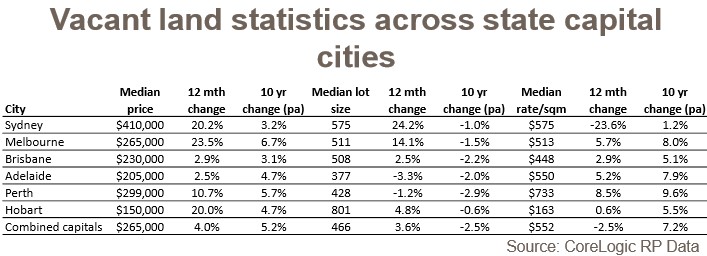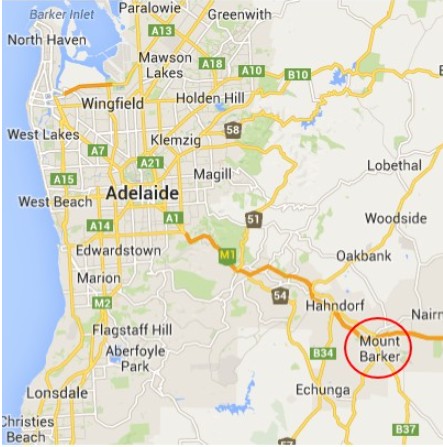The South Australian Government has placed further restrictions on fringe urban land supply in an attempt to protect agricultural land from development. From ABC News:
The Legislative Council has approved introduction of a boundary through creation of an Environment and Food Production Area (EFPA)…
Government Upper House leader Kyam Maher said it was important to protect farmland and the rural landscape just beyond Adelaide.
“The EFPA will provide a 15-year supply of land for urban growth within greater Adelaide,” he told Parliament.
“It will encourage building of new homes in our inner and middle-ring suburbs, something which market research shows is where more and more people want to live.
“Such infill development, compared to green field development, generates more jobs, costs less to service and provides more affordable living options”…
Family First MLC Dennis Hood told Parliament his party opposed a boundary because it would put further pressure on house block sizes.
“We already have the smallest average block size in Australia and our square-metre price is the highest of fringe land in Australia,” he said.
“The risk we run here is that the blocks will continue to decrease in size over time.”
The South Australian Government’s has for a long time waged a war on urban “sprawl”, which it sees as inherently evil. In the process it has dramatically forced-up the cost of new housing in Adelaide.
In 2002, the Government implemented an urban growth boundary (since renamed the ‘urban footprint’). It has also set a target for 70% of new housing to be provided within the pre-existing urban area, as well as operating a cumbersome development approvals system, whereby Productivity Commission estimates that it takes between 2 to 13 years to complete the land supply process.
Indeed, the South Australian planning minister, has previously articulated the Government’s opposition to sprawl with the following quote:
“Whatever the policy of individual industry groups may be regarding the urban growth boundary, the government position is clear. We do not speak for industry. Urban sprawl cannot continue… Subdivision of green fields sites will occur only when required to maintain an adequate stock of rezoned land and only when structure plans and infrastructure requirements have been addressed. A priority is quality urban regeneration.”
The end result of these policies is that average Adelaide vacant lots are the smallest in the nation and the third most expensive on a rate per square metre basis, having risen on average by 7.9% per annum in the decade to 2015 (see below table). This cost escalation comes despite Adelaide being an economic backwater and experiencing relatively moderate population growth.

Moreover, the attempted urban containment has encouraged far flung “leapfrog development” into places like Mount Barker, thus arguably accentuating sprawl (see below map).

Urban regeneration is a worthwhile goal. However, it should not be achieved by limiting housing choice and effectively forcing people into apartments (or far flung developments) by artificially restricting land supply and forcing up its cost.

